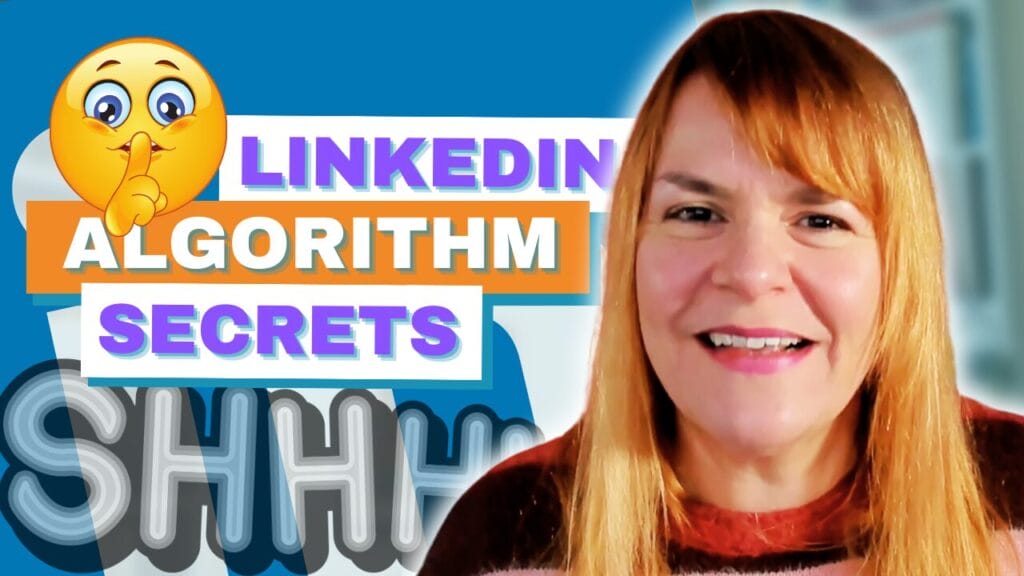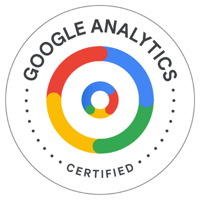Facebook has changed. There can be no denying it, since it’s had to answer to share holders the added focus on advertising has finally taken it’s toll. The last month has seen a massive change in the edgerank algorithm, this is the formula that decides which of your posts are shown to the people who like your page, posts are reaching fewer people than ever before. It’s not just a slight change, page views are plummeting across the board and it really is going to change the way we as small businesses use Facebook in the future.
Analysing Edgerank isn’t simple. Facebook aren’t going to tell us the exact details of how it’s calculated but we can make some guesstimates. And that’s what I’m going to do, I’m going to guess how it works and offer some suggestions on how to use it to it’s best advanatge. This is totally unscientific and relates to my own experiences so I’d love to hear what you have found has worked for you since the change. It is still possible to shine on Facebook but it’s going to take work.
Vary the type of content
For at least a year Images have been the strongest type of content you could post on Facebook. Anecdotaly lots of my non-business friends say that seeing photographs of their family is one of the biggest reasons they joined Facebook in the first place. By prioritising images in the newsfeed Facebook were giving people what they wanted. However as marketers got a hang of this trend we’ve seen Facebook dominated by images. Some are great, some are funny, some are inspirational but not all are to everyone’s taste and some are just awful! Instead of seeing snapshots of the lives of our friends we were seeing memes shared over and over again. Of course some of these we enjoy but maybe there were too many?
I can’t be sure but from my own statistics I can see that images and photos are no longer the most viewed type of content on my Facebook page. By ‘viewed’ I mean that statistic at the bottom of each post that tells you how many people have seen my posts not the amount of likes and comments it’s got. Instead of photos, status updates now seem to get the most organic views. I’m not suggesting for one minute that you abandon images altogether but it’s worth adding a couple of plain status updates into your Facebook schedule every week.
Tips for using status updates
- Ask a question – Status updates are a great way to ask a question, find out what is important to your audience. Try and keep it on topic and keep it relevant to your business or the interests of your target market. Also try and keep it unique. Asking ‘What are you doing for Halloween’ today for example would probably be lost in a sea of people asking the same question. Instead a business aimed at parents could ask ‘What’s your favourite Halloween party game? 1. Pin the tail on the witch? 2. Apple Bobbing? 3. Something else’ or something that would provide great information for parents e.g. ‘How do you know which houses to go to when Trick or Treating?’
- Be conversational – If you are not asking a question try and be conversational, maybe talk about what you are doing today or share an insight about your industry. For example if you are in a food based business you could share a story about what inspired the treats you are making for Halloween.
- Important information – As status updates seem to be reaching a larger portion of our Likers than other sorts of content it’s the best way to deliver important messages. So if your website is down, if you are closing early, if your office is closed for the day a status update is the best way to deliver this news.
Be time specific
The time of day you post on Facebook has always been important to edgerank. However this seems to have become more important than ever. It seems to be the case both on personal and page updates. Here’s what I think happens.
- You post to Facebook
- Facebook shows your post to a small portion of your friends / Likes
- If people react to the post within a short space of time it shows it to some more people and so on.
Every page will have it’s own premium time to post depending on your timezone, how people are accessing Facebook and the occupations of the people who Like your page. My best times to post are either early morning (7.30am) evenings (after 8pm) and at weekends although I rarely post at weekends. I’ve also noticed that if I post at 9am Facebook shows very few people my post, I would suggest that this is because 9am is a busy time of day and my posts have a lot of others to compete against. It’s worth experimenting with this your self to determine the best time for you.
Tips for finding the best time to post
- Keep an eye on your statistics for a two week period to determine what time of the day results in the most views and the most interaction. You want an instant reaction, you need someone to hit the Like button or comment as soon as you have posted so it’s important to get the timing right. You can download your Facebook insights to get an idea of the postings that did best time-wise. You might find this post from Jon Loomer handy.
- Schedule posts – Don’t forget you can now schedule posts on Facebook. I don’t recommend doing this too far in advance but it’s handy if you have determined that your best posting time is at a time when it’s hard to access a computer. Be aware that even though you have scheduled a post you need to be available to respond and join in nay conversation it provokes.
Collect emails
I’ve always been an advocate of collecting email addresses from my social media channels, it’s important to get more from your page Likes than a simple Like. If Facebook went down tomorrow where would that leave our thousands of page likers? Not everyone who Likes your page will want to join your email mailing list but a certain portion will be interested in receiving more in-depth information via email and it’s important to make the transition from Facebook to a mailing list easy. This means that if Facebook does disappear or if it becomes unworkable you can stay in touch or more importantly you can email them with important information about where to find you now.
Tips for getting email subscriptions from Facebook
- Always get permission – it is never OK to subscribe someone to your mailing list who hasn’t agreed to it.
- When running Facebook competitions ask for an email and ask if they would like to subscribe to your mailing list as part of the entry process.
- Many email marketing providers offer a Facebook app allowing people to subscribe from a tab on your Facebook page. (See Newsletter.ie & Mailchimp)
- Add a subscription form to your website and make sure it’s clearly visible to those who land on your site.
- Tell people what they will get for their subscription. Is it offers? Tips? News?
Share your Facebook updates elsewhere
One of the best ways to get views of your Facebook updates is to share them elsewhere. Here’s how. I find this particularly effective with Twitter but you can also try doing it on your personal Facebook profile.
Tips on posting Facebook updates to Twitter
- Ask a good question and ask people to respond on your Facebook page. It’s an easier place to get a proper discussion going than Twitter. Be sure to keep an eye on Twitter too as some people will prefer to respond there.
- You may think you are already posting your updates to Twitter automatically so what is the benefit of doing it the long way? I would discourage the automated solution. It’s obvious to those on Twitter that there isn’t a person behind the tweet, some people might even think it’s lazy. Posting directly to Twitter gives you a better chance of hooking people in conversation. The language we use on Twitter is subtly different to that we use on Facebook, often due to the 140 character limit. So post directly and you will see your page views grow.
Is Facebook still worth the effort? What else should you consider?
The changes have meant that businesses and celebrities alike have declared they are going to leave Facebook, I’m not sure this is wise. I have been working with the new edgerank and have had some success, I’ve seen my talking about stats grow back to something resembling the pre-change level and although the average number of page views are down some of my posts are still reaching a large portion of my page Likers. I do think it is more challenging now but it does give those who put in more effort and who create great content the opportunity to shine.
Of course Facebook are trying to make money. Facebook will never be the same again now that they have share holders to answer to but some of those paid options do give us far more benefit than we ever got before. Offers for example gives us the first ever opportunity to measure direct cash ROI. My offers experience allowed me to reach far further afield than anything else I have done on Facebook.
Finally – Don’t forget why people are on Facebook
Lets not forget why people are on Facebook, they are not there to buy our product, we are lucky that people have chosen to subscribe to our pages. People join Facebook initially to connect with friends and family. If Facebook is to continue as a strong social network we have to remember that we are essentially an advertisement interrupting their relationships, this is why it’s important that when we do interrupt it’s with relevant information that they want to see.
Today it seems that Facebook are to introduce a new feature giving our Likers the opportunity to get notified every time we post. Page owners might be excited by this but in reality I think it’s unlikely that regular users will use this feature. If we choose to stick with Facebook as a marketing tool we are going to have to assume that edgerank will affect our posting and accept that sometimes we will need to pay to be seen.
What changes have you noticed to Facebook feed? Have you found any tips and tricks that have worked for you that you would like to share?









